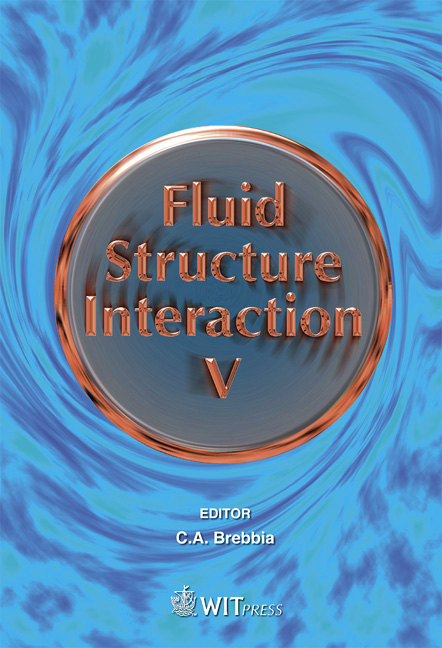The Transient Interaction Of Plates With Extreme Water Waves: Effects Of Deformability And Hull Cavitation
Price
Free (open access)
Transaction
Volume
105
Pages
10
Page Range
173 - 182
Published
2009
Size
239 kb
Paper DOI
10.2495/FSI090161
Copyright
WIT Press
Author(s)
Sh. U. Galiev & R. G. J. Flay
Abstract
The cavitation aspect of the transient interaction of deformable surfaces with water waves is considered. This problem is examined using an experimental approach by creating a pressure wave in water and impacting it on metal plates. Such loadings can occur from underwater explosions or from large surface waves, and are important for the design of merchant and naval ships, and offshore structures. Often these loadings cannot be predicted very accurately. In particular, the uncertainties in the loadings are associated with cavitation that is generated during the transient water-deformable surface interaction process. Keywords: extreme water waves, hull cavitation, deformability, structure-fluid interaction. 1 Introduction It is common for mid-ocean storm waves to reach 7 m in height, and in extreme conditions such waves can reach heights of 15 m. However, during recent years researchers observed the existence of vastly more massive waves – veritable monsters up to 30 m in height. Such waves were said to consist of an almost vertical wall of water. It has been confirmed that these monsters are much more common than mathematical probability theory would predict using a Rayleigh distribution of wave heights. In fact, they seem to occur in all of the world’s oceans many times every year [1–4]. The existence of these extreme waves makes it important to re-examinee some fundamental ideas of merchant ship design that were earlier developed
Keywords
extreme water waves, hull cavitation, deformability, structure-fluid interaction.





